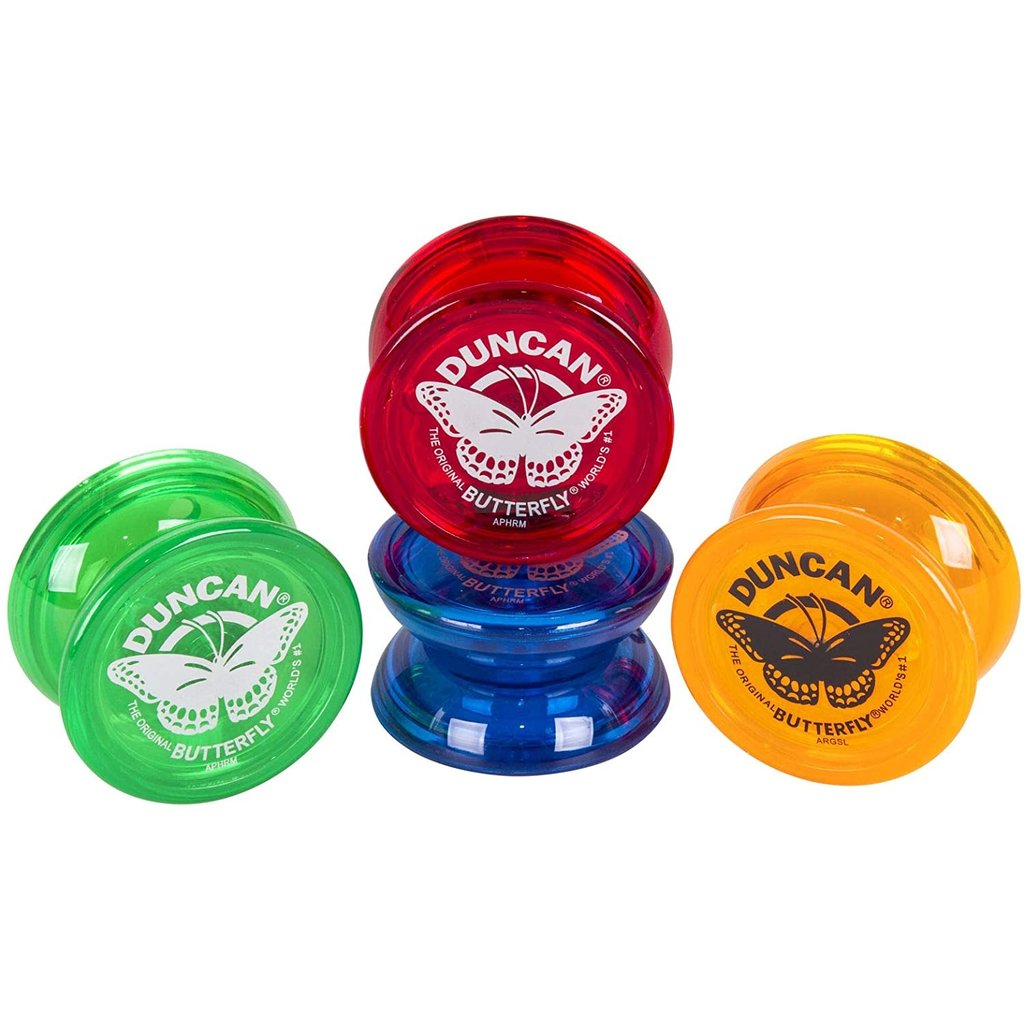Fish is one of the most popular and healthy foods in the world. It is rich in protein, omega-3 fatty acids, and various vitamins and minerals. But not all fish are created equal. Some fish are rare, exotic, and highly sought-after by chefs and collectors. These fish can cost a fortune, depending on their availability, quality, and demand. In this article, we will explore the 10 most expensive fish you can eat in 2024, and why they are worth the price.
Table of Contents
ToggleBluefin Tuna – Up to $5,000 per Pound
Bluefin tuna is the king of the sushi world. It is prized for its fatty, tender, and flavorful meat, especially the belly part, known as toro. Bluefin tuna can grow up to 10 feet long and weigh over 1,000 pounds, making them one of the largest and fastest fish in the ocean. However, bluefin tuna is also one of the most endangered fish species, due to overfishing, illegal fishing, and habitat loss. As a result, the supply of bluefin tuna is dwindling, while the demand is skyrocketing. This drives up the price of bluefin tuna to astronomical levels.
The most expensive bluefin tuna ever sold was a 612-pound specimen that fetched $3.1 million at a Tokyo fish market in 2019. That’s about $5,000 per pound, or $229 per ounce. The buyer was Kiyoshi Kimura, the owner of a sushi restaurant chain, who said he wanted to “celebrate the new year” with his customers. However, not all bluefin tuna are that pricey. The average price of bluefin tuna in Japan is around $200 per pound, while in the US, it is around $20 to $40 per pound. Still, that’s a lot more expensive than other types of tuna, such as yellowfin or albacore, which cost around $5 to $10 per pound.
American Glass Eel – Up to $2,000 per Pound
American glass eel is not actually a fish, but a juvenile stage of the American eel. They are called glass eels because they are transparent and look like thin strands of glass. American glass eels are born in the Sargasso Sea, a region of the Atlantic Ocean near Bermuda, and then migrate to the freshwater rivers and streams along the eastern coast of North America. There, they grow into adult eels, which can live up to 20 years and reach 5 feet in length.
American glass eels are highly coveted by Asian markets, especially China and Japan, where they are considered a delicacy and a symbol of good luck. They are used to make dishes such as unagi (grilled eel), kabayaki (broiled eel), and angulas (baby eel). However, American glass eels are also very rare and hard to catch. They are only available for a few months each year, during the spring, when they enter the rivers. They are also subject to strict regulations and quotas, to prevent overexploitation and protect the endangered species. As a result, the price of American glass eels can reach up to $2,000 per pound, or $125 per ounce.
Pufferfish – Up to $200 per Pound
Pufferfish, also known as fugu, is a type of fish that can inflate its body and expose its sharp spines when threatened. Pufferfish is also one of the most poisonous animals in the world, as it contains a deadly toxin called tetrodotoxin, which can cause paralysis, respiratory failure, and death. There is no antidote for tetrodotoxin, and a single pufferfish can kill up to 30 people.
However, pufferfish is also one of the most expensive and exquisite delicacies in Japan, where it is prepared by specially trained and licensed chefs, who know how to remove the toxic parts and slice the meat into thin, translucent pieces. Pufferfish is said to have a unique texture and flavor, as well as a slight tingling sensation on the tongue. Pufferfish is usually served raw as sashimi, or cooked in hot pot, soup, or fried. The price of pufferfish can vary depending on the season, the quality, and the restaurant, but it can range from $100 to $200 per pound, or $6 to $12 per ounce.
Alaskan Wild King Salmon – Up to $100 per Pound
Alaskan wild king salmon, also known as Chinook salmon, is the largest and most prized of the five species of Pacific salmon. It can weigh up to 100 pounds and measure up to 5 feet in length. Alaskan wild king salmon is renowned for its rich, oily, and buttery flesh, which has a deep red color and a high fat content. Alaskan wild king salmon is also one of the most sustainable and healthy fish, as it is caught in the wild, in the pristine waters of Alaska, and is free of antibiotics, hormones, and pollutants.
Alaskan wild king salmon is in high demand by chefs and consumers around the world, who appreciate its superior taste and quality. However, Alaskan wild king salmon is also in short supply, as it is only available for a few months each year, from May to September, when it returns to its natal rivers to spawn. The fishing season is also regulated and limited, to ensure the conservation and management of the fishery. As a result, the price of Alaskan wild king salmon can reach up to $100 per pound, or $6 per ounce.
Swordfish – Up to $60 per Pound
Swordfish is a large, predatory fish that can grow up to 15 feet long and weigh up to 1,400 pounds. It is named after its long, sword-like bill, which it uses to slash and stun its prey, such as squid, octopus, and other fish. Swordfish is one of the fastest and strongest fish in the ocean, capable of swimming up to 60 miles per hour and diving up to 2,000 feet deep.
Swordfish is a popular and expensive fish, especially in the US and Europe, where it is considered a delicacy and a status symbol. Swordfish has a firm, meaty, and mild-tasting flesh, which is suitable for grilling, broiling, baking, or frying. Swordfish is also rich in protein, iron, and vitamin B12, but low in fat and calories. However, swordfish is also overfished and contaminated with mercury, which can pose health risks for pregnant women and children. The price of swordfish can vary depending on the season, the size, and the market, but it can range from $20 to $60 per pound, or $1 to $4 per ounce.
Yellowfin Tuna – Up to $40 per Pound
Yellowfin tuna is a type of tuna that can grow up to 7 feet long and weigh up to 400 pounds. It is named after its yellow fins and tail, which contrast with its metallic blue back and silver belly. Yellowfin tuna is one of the most widely distributed and commercially important fish in the world, as it is found in tropical and subtropical waters around the globe. Yellowfin tuna is also one of the most versatile and delicious fish, as it can be eaten raw, cooked, canned, or smoked.
Yellowfin tuna is a staple of sushi and sashimi, as well as other cuisines, such as Hawaiian poke, Mexican ceviche, and Mediterranean salad. Yellowfin tuna has a firm, lean, and mild-flavored flesh, which is high in protein, omega-3 fatty acids, and selenium, but low in mercury. However, yellowfin tuna is also threatened by overfishing, illegal fishing, and bycatch, which can affect its population and quality. The price of yellowfin tuna can vary depending on the season, the grade, and the location, but it can range from $10 to $40 per pound, or $0.6 to $2.5 per ounce.
Chinook Salmon – Up to $35 per Pound
Chinook salmon, also known as king salmon, is the same species as the Alaskan wild king salmon, but it is found in different regions and habitats. Chinook salmon is native to the Pacific Ocean and the rivers of North America, from California to Alaska, as well as parts of Asia and South America. Chinook salmon is the largest and most valuable of the Pacific salmon, as it can weigh up to 130 pounds and measure up to 5 feet in length. Chinook salmon is also the fattiest and most flavorful of the Pacific salmon, as it has a high oil content and a rich, buttery, and nutty taste.
Chinook salmon is a sought-after and expensive fish, especially in the US and Canada, where it is regarded as a delicacy and a symbol of the Pacific Northwest. Chinook salmon is usually eaten fresh, smoked, or canned, and is best cooked simply, with salt, pepper, and lemon. Chinook salmon is also a healthy and sustainable fish, as it is high in protein, omega-3 fatty acids, and vitamin D, but low in contaminants. However, Chinook salmon is also endangered by overfishing, habitat loss, climate change, and disease, which can affect its availability and quality. The price of Chinook salmon can vary depending on the season, the origin, and the market, but it can range from $15 to $35 per pound, or $0.9 to $2.1 per ounce.
Sturgeon Caviar – Up to $35 per Ounce
Sturgeon caviar is the term used for the salted and cured eggs of the sturgeon fish, which are also known as roe. Sturgeon caviar is one of the oldest and most luxurious delicacies in the world, dating back to ancient times, when it was reserved for royalty and nobility. Sturgeon caviar is prized for its delicate, smooth, and buttery texture, and its complex, briny, and nutty flavor.
Sturgeon caviar comes in different varieties, depending on the species, origin, and color of the sturgeon. The most expensive and rarest type of sturgeon caviar is the Beluga caviar, which comes from the Beluga sturgeon, the largest and longest-living fish in the world. Beluga caviar has a light gray to black color and a large, soft, and creamy grain. The price of Beluga caviar can reach up to $35 per ounce, or $560 per pound.
Other types of sturgeon caviar include Osetra caviar, which comes from the Osetra sturgeon, and has a golden to brown color and a medium, firm, and nutty grain. The price of Osetra caviar can range from $10 to $20 per ounce, or $160 to $320 per pound. Another type is Sevruga caviar, which comes from the Sevruga sturgeon, and has a dark gray to black color and a small, crisp, and salty grain. The price of Sevruga caviar can range from $8 to $15 per ounce, or $128 to $240 per pound.
Orange Roughy – Up to $30 per Pound
Orange roughy is a type of deep-sea fish that can live up to 150 years and grow up to 3 feet long. It is named after its bright orange color and its rough, scaly skin. Orange roughy is found in the waters of Australia, New Zealand, and the Atlantic Ocean, where it inhabits the slopes and seamounts at depths of 600 to 3,000 feet.
Orange roughy is a popular and expensive fish, especially in the US, Europe, and Japan, where it is considered a delicacy and a gourmet item. Orange roughy has a mild, sweet, and delicate flavor, and a firm, moist, and flaky texture. Orange roughy is best cooked simply, with butter, lemon, and herbs, or baked, broiled, or fried. Orange roughy is also low in fat and calories, but high in protein and selenium.
However, orange roughy is also one of the most overfished and vulnerable fish in the world, due to its slow growth, late maturity, and long lifespan. Orange roughy can take up to 30 years to reach sexual maturity, and can only reproduce once every few years. As a result, the population of orange roughy has declined by more than 80% since the 1970s, and is now considered critically endangered by the International Union for Conservation of Nature (IUCN). The price of orange roughy can reach up to $30 per pound, or $1.9 per ounce.
Halibut – Up to $25 per Pound
Halibut is a type of flatfish that can grow up to 9 feet long and weigh up to 500 pounds. It is named after its resemblance to a halberd, a medieval weapon with a long shaft and a broad blade. Halibut is found in the cold waters of the North Pacific and the North Atlantic, where it lives on the bottom of the ocean, camouflaged by its dark brown upper side and white lower side.
Halibut is a favorite and expensive fish, especially in the US, Canada, and Europe, where it is regarded as a premium and versatile fish. Halibut has a mild, sweet, and clean flavor, and a firm, dense, and meaty texture. Halibut can be cooked in various ways, such as grilled, baked, roasted, or poached, and can be paired with different sauces, spices, and herbs. Halibut is also a healthy and nutritious fish, as it is high in protein, omega-3 fatty acids, and vitamin B12, but low in fat and calories.
However, halibut is also subject to overfishing and mislabeling, which can affect its availability and quality. Halibut is often confused with other types of flatfish, such as flounder, sole, or turbot, which are cheaper and less tasty. Halibut is also regulated and managed by strict quotas and seasons, to ensure the sustainability and conservation of the fishery. The price of halibut can vary depending on the season, the size, and the market, but it can range from $15 to $25 per pound, or $0.9 to $1.6 per ounce.













